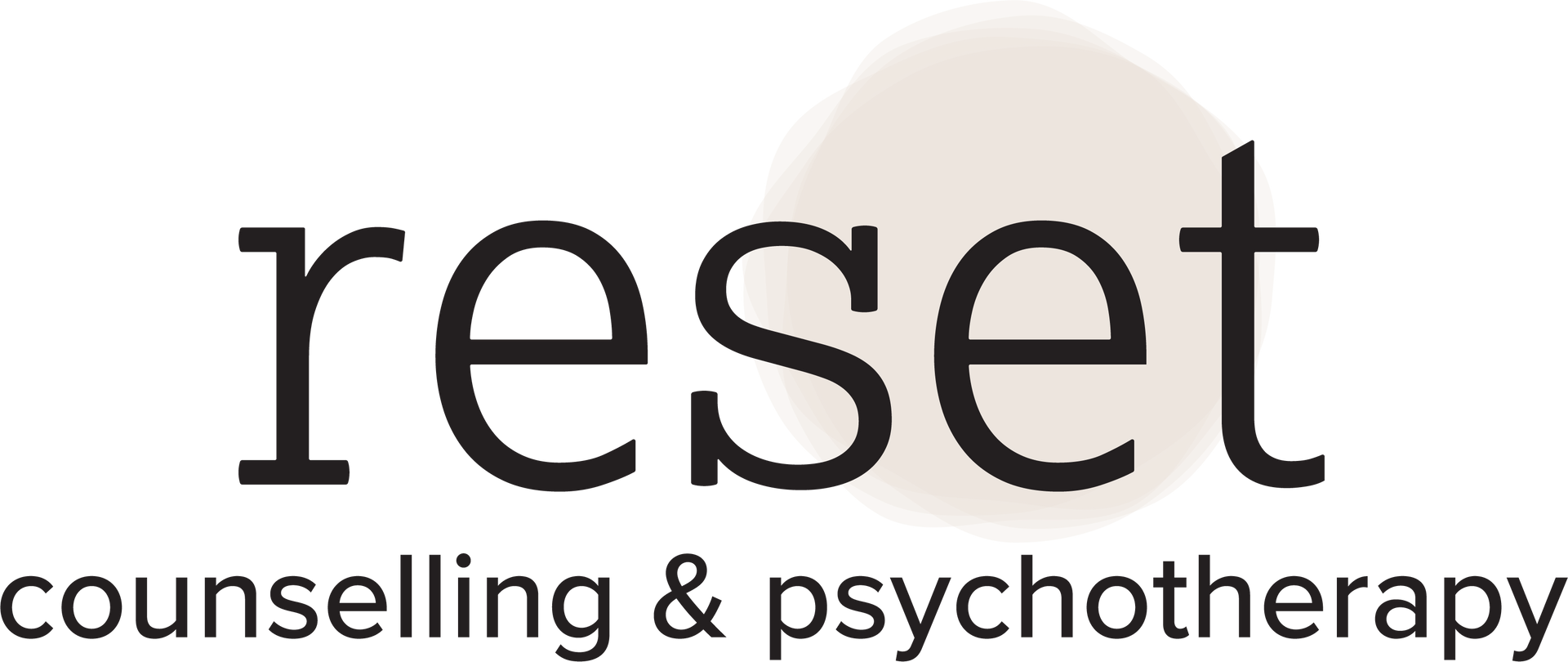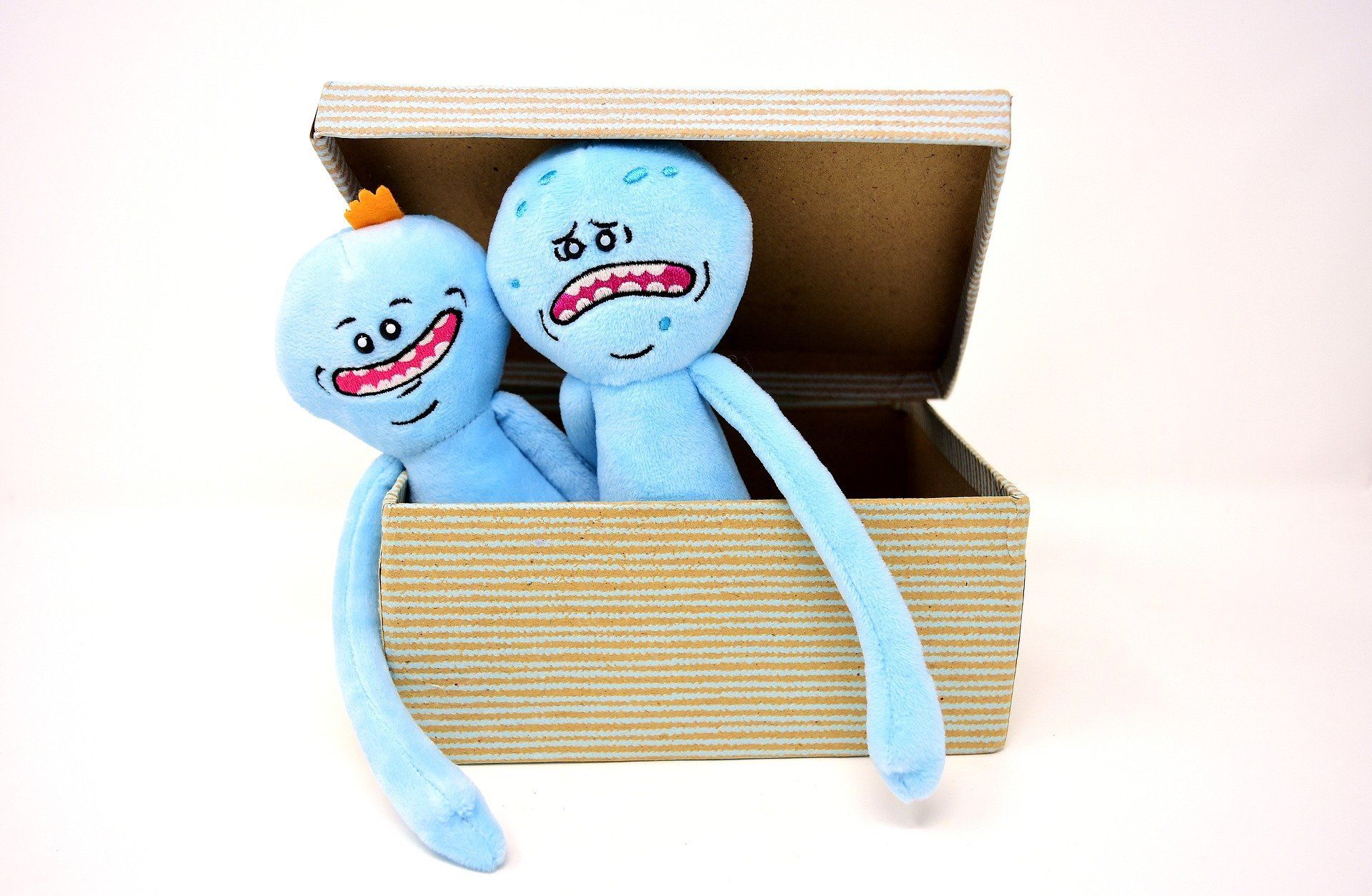One Simple Word to Change the Way You Think
A mind trick to change your perspective
Something I have been thinking about lately…
As children, we are taught to put things into distinct categories, and we are praised for doing so correctly. We learn to identify shapes, colours, numbers, letters, and parts of the body. This ability to categorize is obviously an important skill if we want to live and communicate effectively. In fact, there is an automatic bias in our brains to do so, which goes all the way back to our early days as a species when being able to quickly distinguish a deer (something we could eat) from a sabre-tooth tiger (something which could eat us!) was literally a matter of life-and-death.
However…
Much less attention is paid to learning how to tolerate ambiguity; that is, how to navigate objects and situations which are not so clearly defined. The majority of human experience, including thoughts, feelings, and behaviour, cannot be labelled as simply as right or wrong, true or false, this or that. Unfortunately, our tendency to try to understand everything in these clear-cut terms can create internal conflict and cause us to miss or ignore information.
For example, we may dislike someone as a person and thus refuse to consider their opinion or see any of their actions in a positive light. Similarly, we may experience confusion and stress when someone we admire does something questionable, since it doesn’t fit into the “positive” slot we have carved for them in our minds. The fact is, good people can do bad things and bad people can do good things, and even these judgments of good and bad are not truly meaningful. There are many different shades of gray when it comes to human beings.
This reality is especially apparent when looking at social issues such as gender and sexuality, mental health, addiction, or poverty. It can be frustrating to not be able to find a “perfect” public policy or form a clean, fixed opinion on something. But the truth is – it’s okay to admit we can’t fully comprehend all the nuances of a given situation. It’s okay for there to be more than one “truth”. Life is full of texture and richness.
So next time you are making a decision and struggling to figure out what is the right or wrong choice, take the pressure off a bit. Remind yourself that every situation will have benefits and drawbacks, and it is important to do what works better overall rather than focus on finding the “perfect” solution, which rarely exists. Next time you hear a debate, try not to rush to take a side (as we humans are inclined to do) but rather observe and acknowledge that there are fair points on either side, which can often co-exist.
So what’s the one simple word to change the way we think?
Sometimes clients will say things like, “He’s such a good guy, but I just don’t want a relationship with him” or, “I love my mom but she makes me so mad”. I encourage these clients to replace the word “but” with the word “and”. Because in fact, being a good guy and being the right guy for you are not mutually exclusive, and there is no reason we can’t be mad at someone we also love. The word “but” automatically creates a conflict in our mind because it sounds as though there is a contradiction in the statement. This conflict can contribute to our distress about the situation. Replacing “but” with “and” removes that conflict and allows us to view the complexity of our experience with a more balanced perspective.
Try it out yourself! The thoughts that we think directly impact the way we feel and behave. The word “and” is a simple fix, but it has the potential to change your outlook dramatically. Oops – I mean it is a simple fix and it has the potential to change your outlook dramatically.
About the Author
Andi Atkins is a Registered Psychotherapist (Qualifying) and Counsellor in Barrie, Ontario. Click HERE to learn more about her services.


